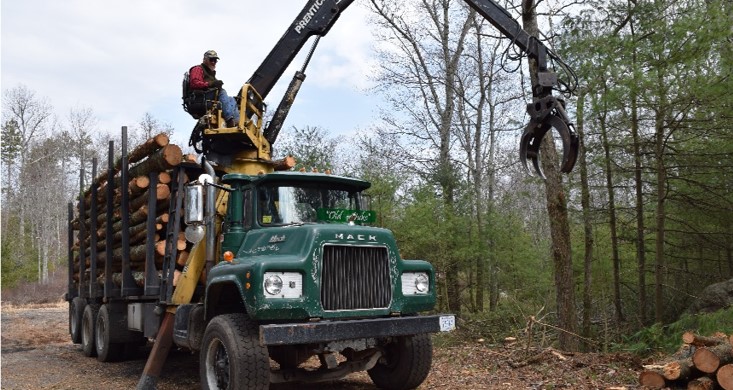April 8, 2025
Key Factors to Watch in the Forest Products Market for 2025

With a challenging housing market and a resumption of 25% tariff on U.S. imports of Canadian goods, what is at store for the forest products industry for 2025?
Farm Credit recently hosted a webinar with Paul Jannke, of Forest Economic Advisors, to present a 2025 forest products industry outlook. Below are key takeaways on current housing market trends, inflationary pressures and economic factors that are affecting the industry.
Key Takeaways
Housing Market
Rising interest rates have significantly impacted housing affordability. Since 2022, it has become very difficult for a median income family to be able to afford a home, and in 2025 that is still the case. Despite the increase in interest rates, housing starts have remained relatively stable due to strong demographic tailwinds and pent-up demand.
The U.S. economy is facing inflationary pressures and a potential recession, which could negatively affect housing starts and affordability. In conjunction with rising insurance premiums and high home prices, the 2025 housing market continues to be a challenging environment for homebuyers.
Residential Improvement Market
Despite low existing home sales, residential improvements have remained strong due to rate lock and high home equity. Many homeowners are investing in their current homes rather than buying a new home. This trend will likely continue if housing affordability continues to decline.
Tariffs Impact
To the overall markets, higher tariffs and duties will drive prices higher. Tariffs on lumber and panel prices will have minimal impact on overall home prices since lumber prices are not the main driver of home prices. So while tariffs will influence costs and imports, the average home buyer will only see a slight increase due to tariffs.
Future Outlook
Housing starts are expected to remain flat but may bounce back in 2026 due to underlying economic strength and demographic factors. Insurance premiums will likely increase as natural disasters, including wildfires and hurricanes, become more frequent. While the timeline and full impact of the tariffs are unknown, there is potential for U.S. offshore exports to decline while Canadian offshore exports may increase.
To dive deeper into the above topics, review the webinar recording along with the presenter’s PowerPoint slides, or to read the 2025 Forest Products Industry Outlook, click one of the links below.




